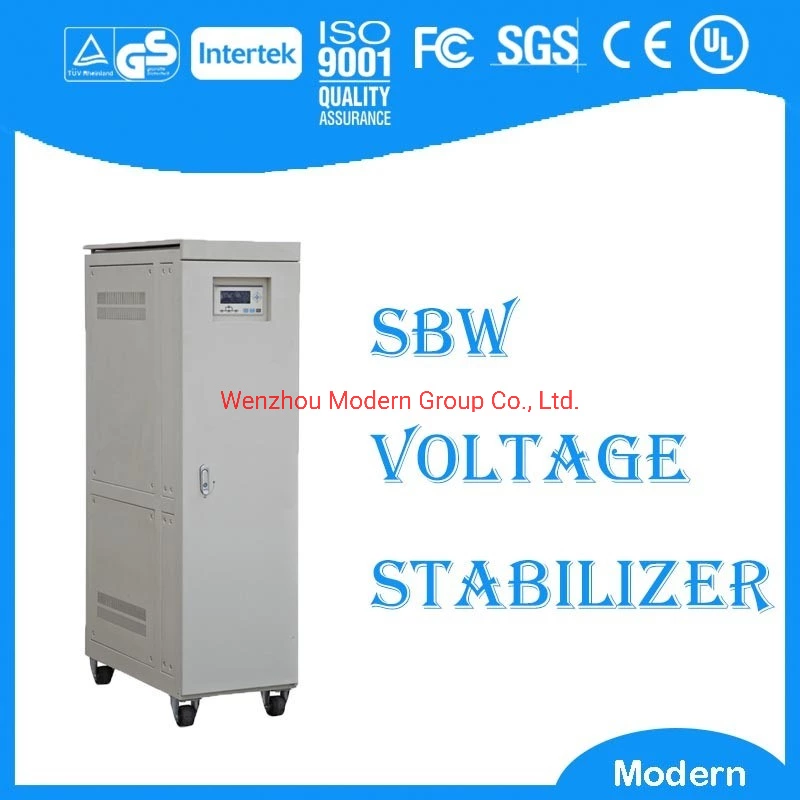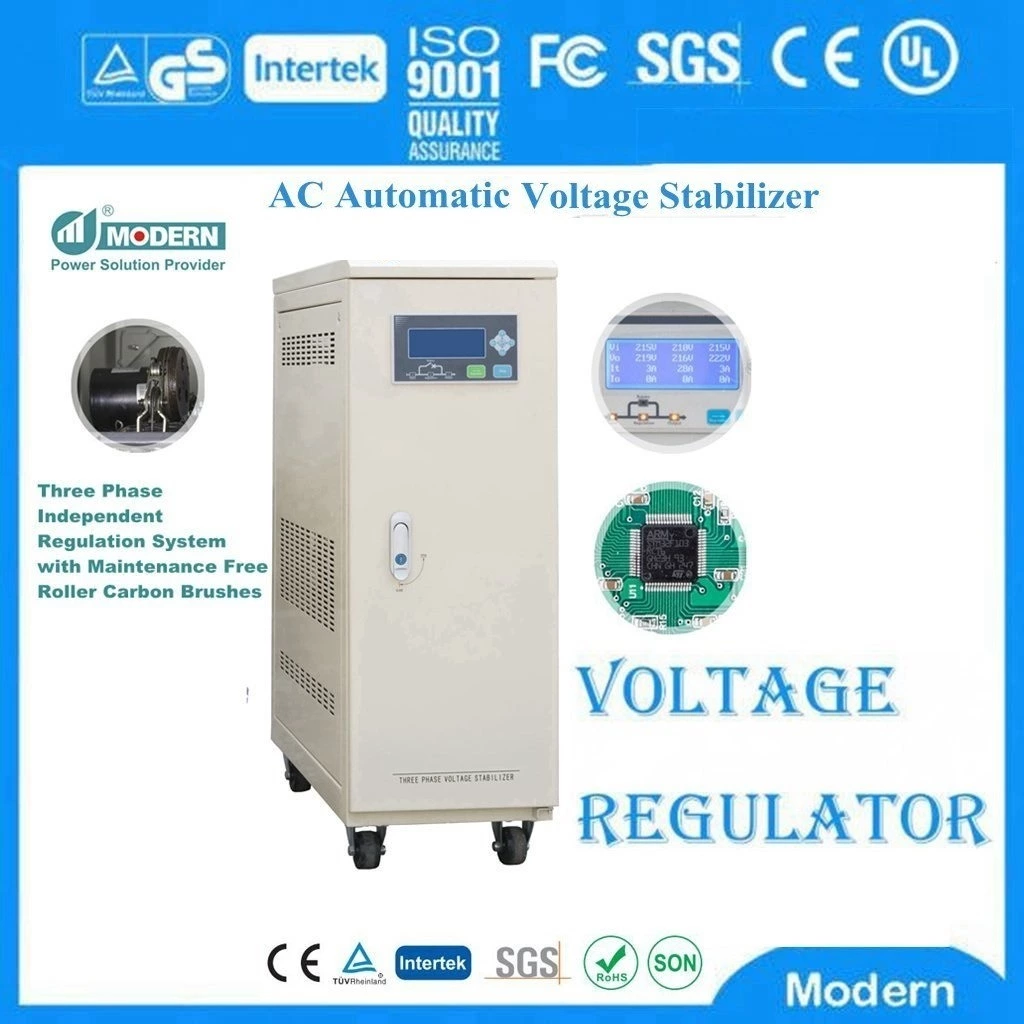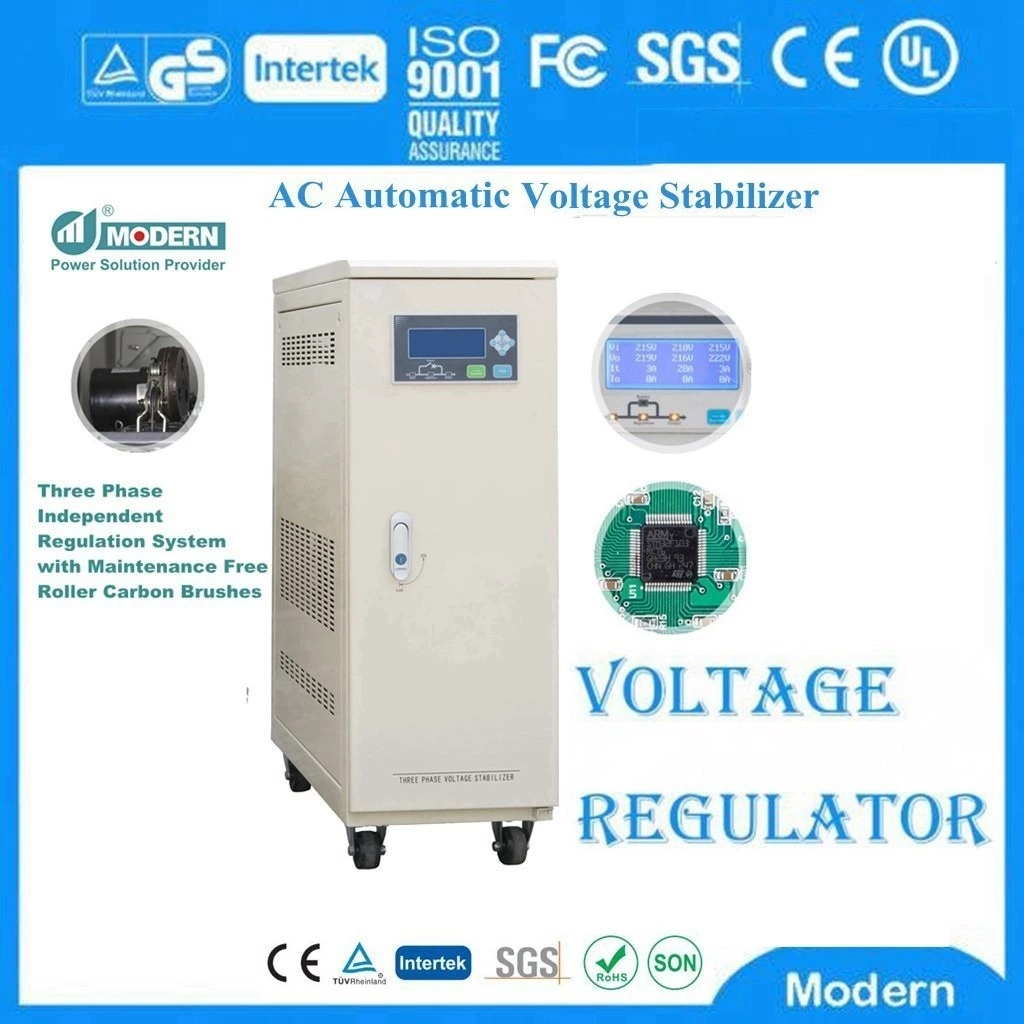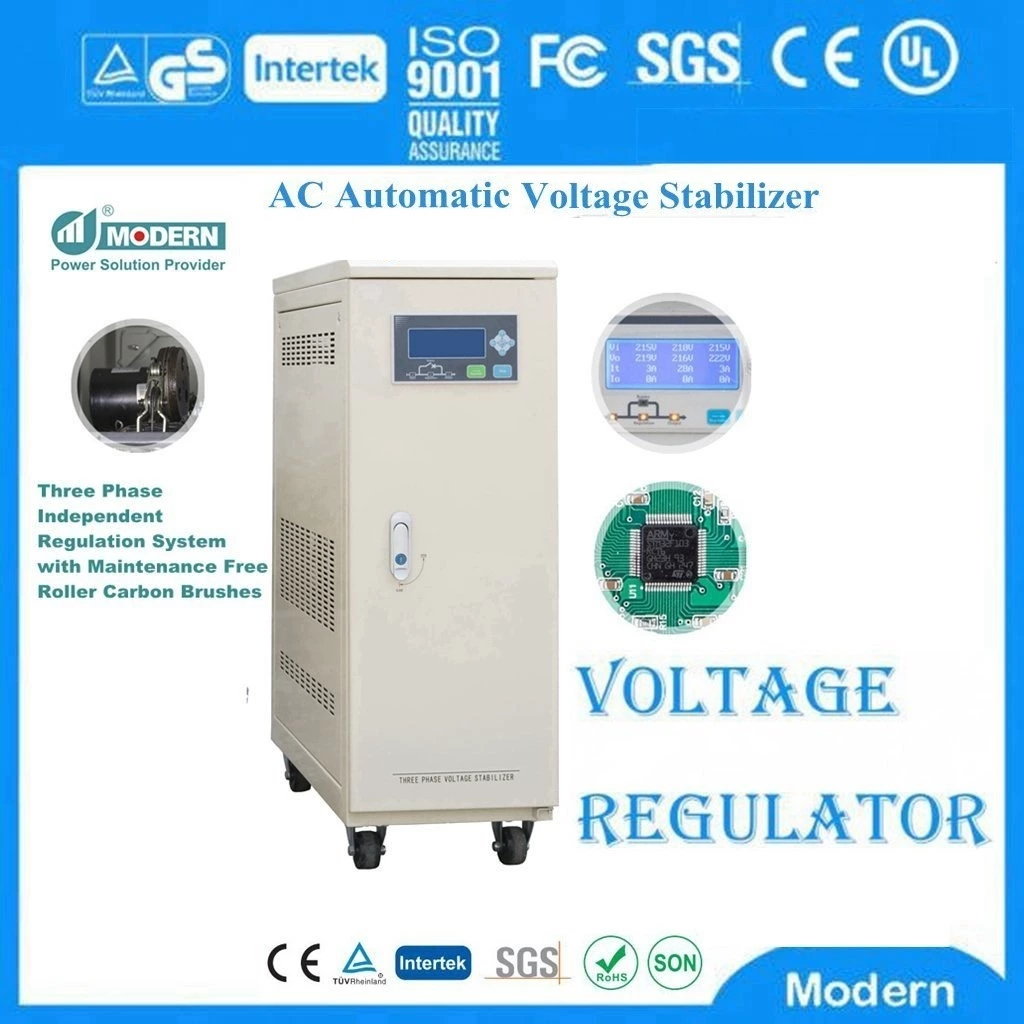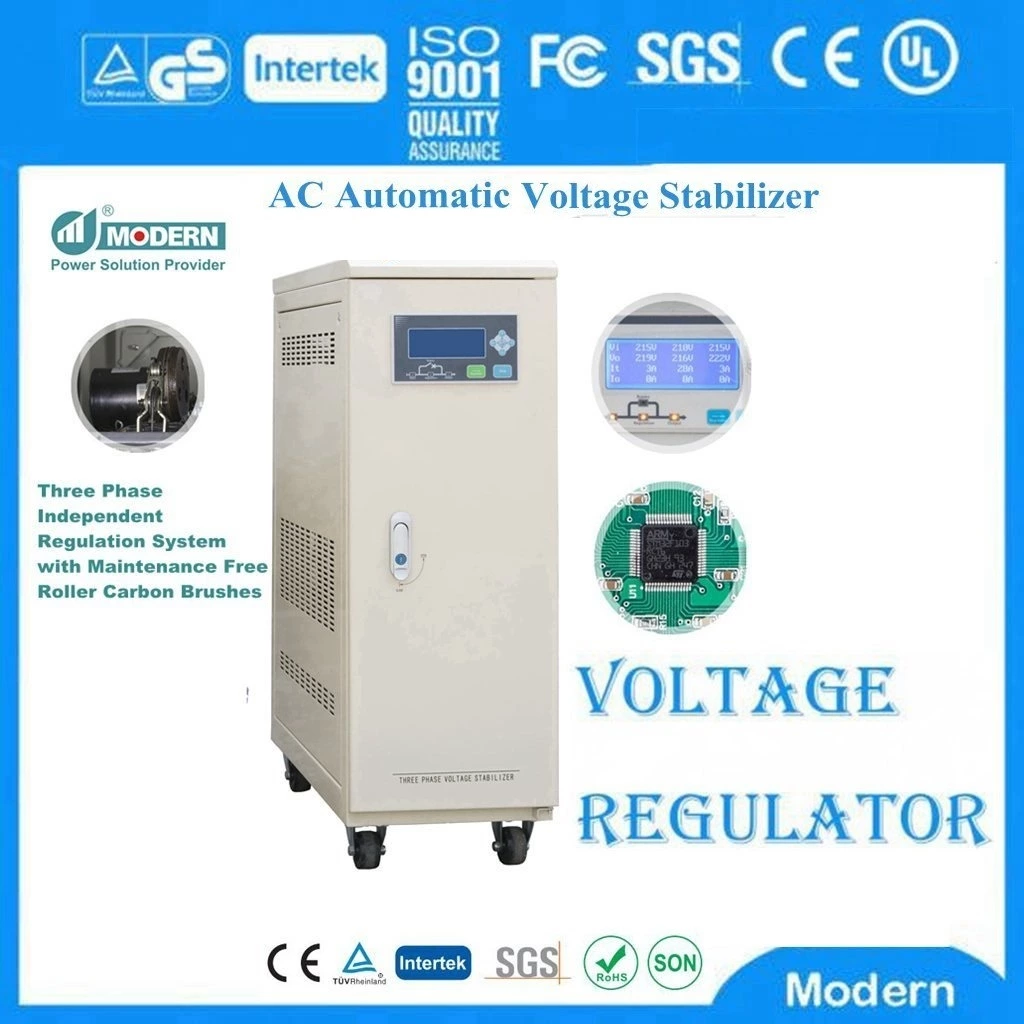How Voltage Optimizers Work
Voltage Optimiser is a device used to regulate and stabilize voltage. Its working principle is mainly based on the following steps:
Voltage detection: The voltage optimizer first monitors the input voltage in real time through the built-in sensor or detection circuit. This step ensures that the device can accurately understand the current voltage status.
Voltage analysis: The detected voltage data is sent to the control unit for analysis. The control unit will determine whether the current voltage is within the ideal range or needs to be adjusted based on the preset voltage range and optimization strategy.
Voltage regulation: If the detected voltage deviates from the ideal range, the voltage optimizer will adjust the voltage through the internal regulation circuit (such as transformer, electronic switch, etc.). The adjustment method may include step-down, step-up or voltage regulation to ensure that the output voltage is stable within the set range.
Output stable voltage: The regulated voltage is output to the connected devices or systems to ensure that these devices can operate normally at a stable voltage to avoid damage or performance degradation caused by voltage fluctuations.
Feedback and optimization: Voltage optimizers usually have a feedback mechanism that can continuously monitor the output voltage and make fine adjustments as needed to maintain voltage stability.
In general, voltage optimizers monitor, analyze, and adjust voltage in real time to ensure that the output voltage is stable within the ideal range, thereby protecting the equipment and improving its operating efficiency.
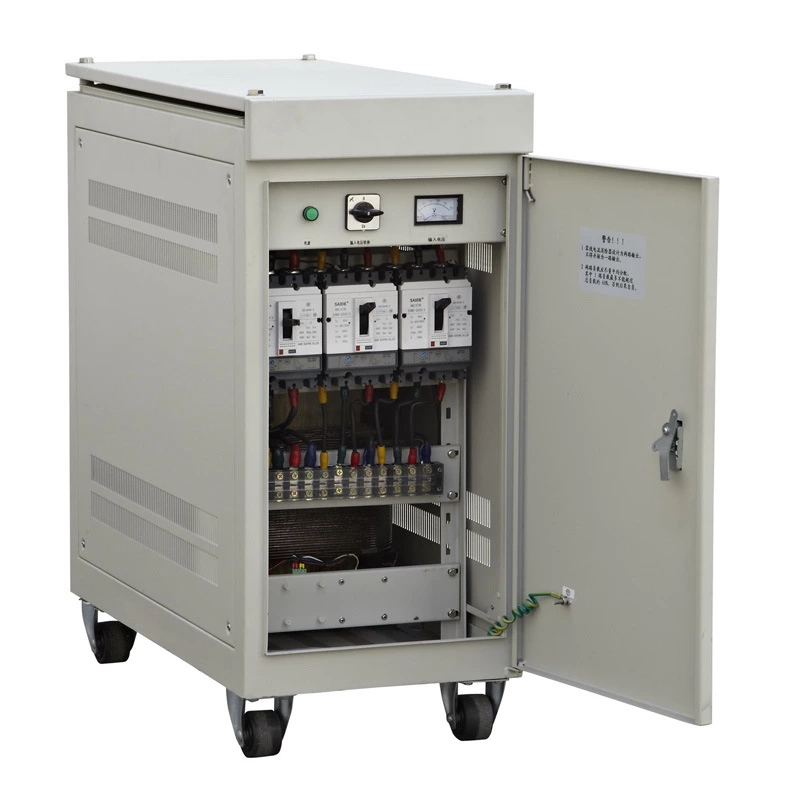
 Русский
Русский
 Français
Français
 Português
Português
 Español
Español
 اللغة العربية
اللغة العربية
